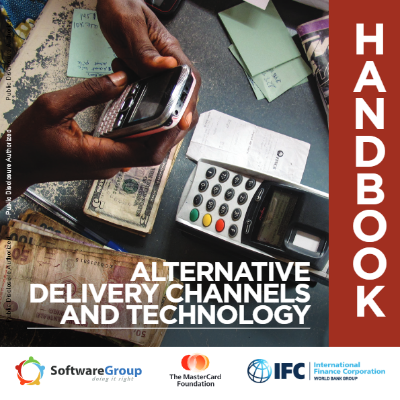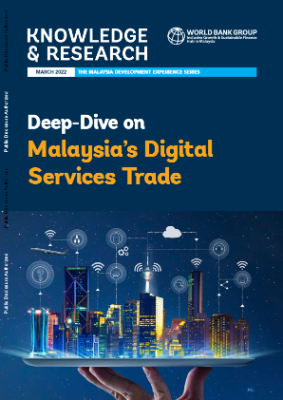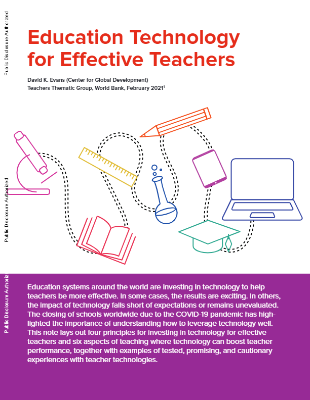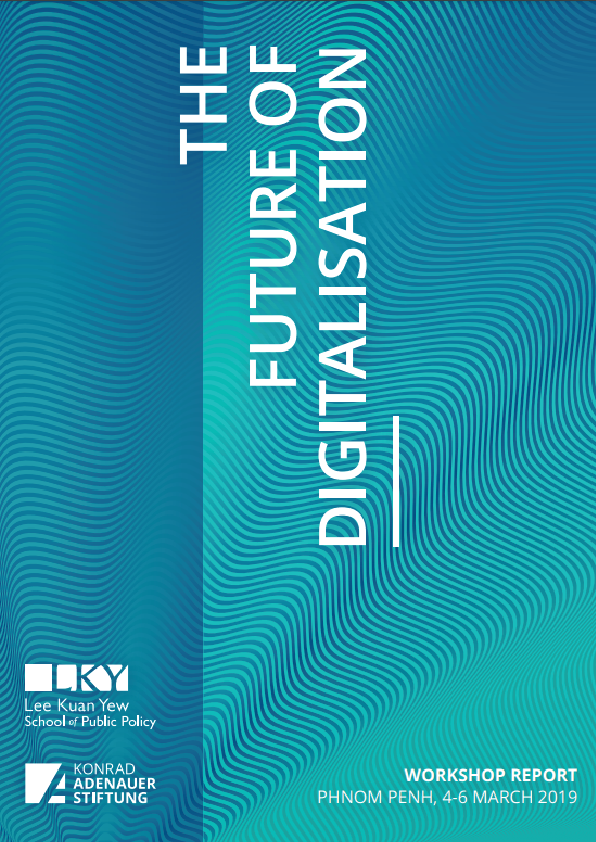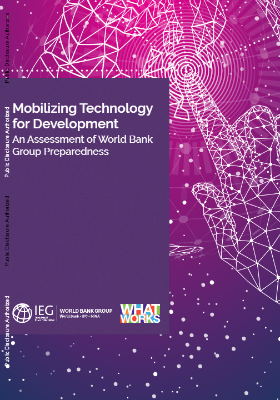The ambition to reach full global financial inclusion requires that we address the challenge of delivering appropriate and affordable financial services to an estimated 2.5 billion unbanked individuals globally. One response to this challenge has involved the design of products such as microloans, low balance savings accounts, micro-insurance, and mobile money transfer that are specifically tailored to meet the needs of the often excluded low-income mass market. Delivering these products and services on a large scale, however, cannot be achieved without accessible channels that lower the cost of service and increase reach.
Alternative delivery channels, defined as those channels that expand the reach of services beyond the traditional bank branch channel, have emerged as a result of innovations in information and communication technology and a shift in consumer expectations. ADCs are transformative in nature, accommodating the demand for access to financial services “anytime, anywhere, anyhow”. They rely heavily on information and communication systems and devices ranging from ATMs to mobile phones, all of which enable the instant transmission of financial and non-financial information between the customer and financial services providers. New technologies increase efficiency through automation, reduce operational costs, and improve service quality by cutting down on waiting times and offering more convenient access and reduced cost to the end-consumer.
For Financial Services Providers, particularly microfinance institutions, ADCs can help improve operational efficiency and costeffectively expand outreach. Unfortunately, many FSPs lack the technical knowledge or skills needed to successfully implement ADCs. This includes not only the skills to manage the detailed implementation of ADC projects, but also the skills needed to navigate a competitive and crowded marketplace and build a relevant ADC strategy. Other factors beyond skills, such as a history of failed or painful IT implementations, limited budgets, and regulatory constraints can also result in poorly planned and implemented ADC projects. The net result is a patchy distribution of ADC success stories and many disappointing experiences, with poor uptake on channel platforms that are clunky, inflexible or costly.
The world of ADC technology, with the wide range of delivery channels, technology platforms, and communications and device options on offer, can be daunting, particularly for FSPs that have limited technical capacity. This handbook serves as a tool for FSPs to increase the technical understanding of ADC platforms and to provide practical guidance on how to approach an ADC technology project. While the focus is on the technical aspects of ADC projects, there are a host of other market and business factors to consider, which are introduced and discussed in brief where relevant. To help orient the reader, each chapter first covers the relevant business aspects before delving into the more technical considerations for readers seeking deeper insight.
